
Tel: 020 7620 1818 email: cookandbutler@btconnect.com
Castle Baynard Ward Club
www.cbwc.org.uk
Annual Dinner
15th May 2025, The Crypts of The Guildhall, London
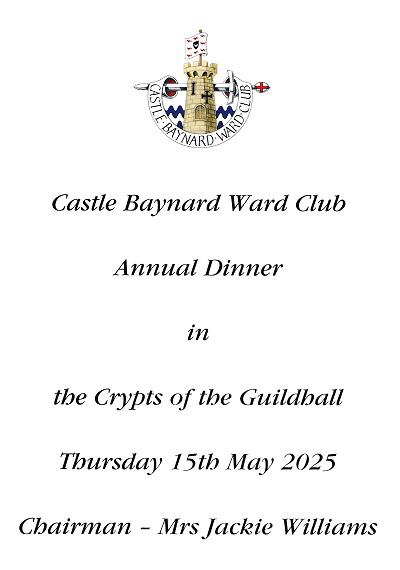
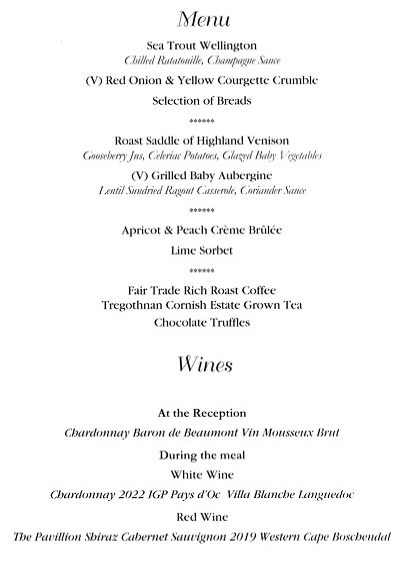
![]()
Annual Dinner
17th May 2022, The East Crypt At Guildhall, London
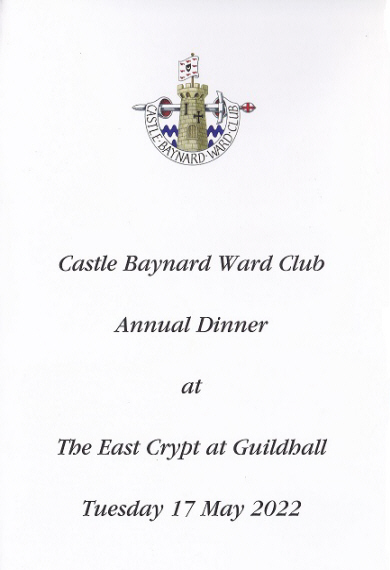
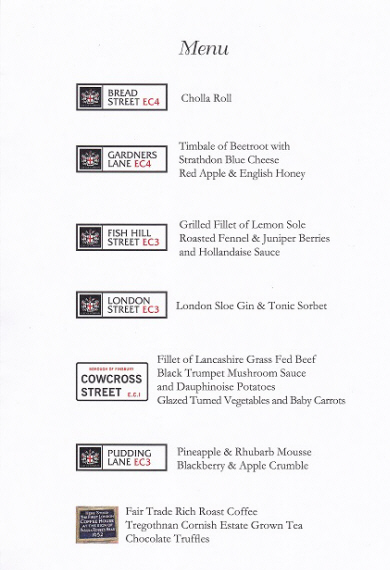
Annual Dinner
November 2016, Armourers' Hall, London
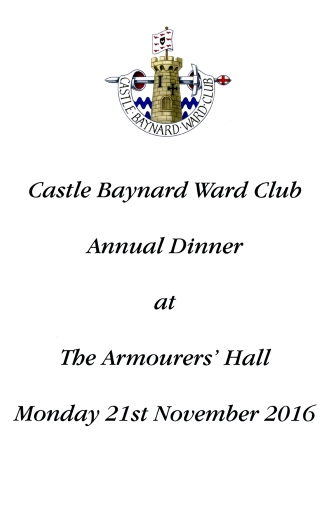
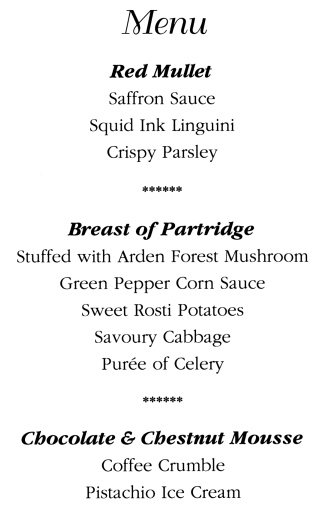

Civic Luncheon
April 2016, The Old Library, Guildhall, City of London
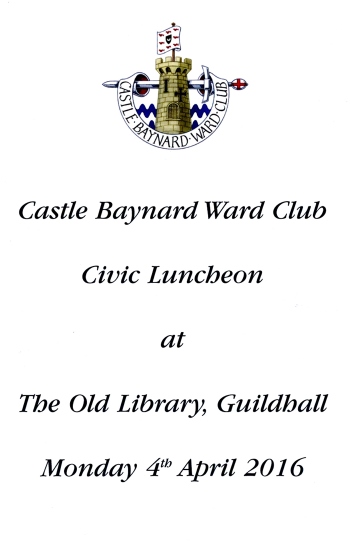


Annual Dinner
November 2010, The Crypt, Guildhall, London
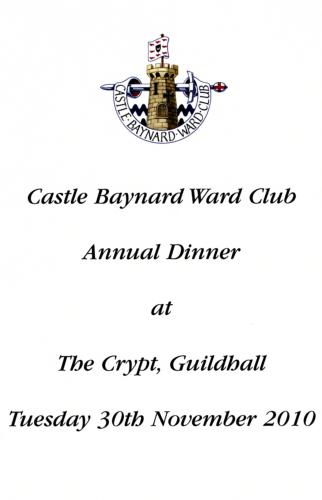


Castle Baynard Ward Club was founded in 1909 by Sir Thomas
Vansittart Bowater Bt, Lord Mayor 1913/14 and for many years a MP for the
City of London. Historically the Club's objectives lay in protecting the
Ward's interests and enabling members to meet their elected councilmen in
the City of London Corporation. Our current councilmen are led by Alderman
lan Luder, who served as Lord Mayor of the City in 2008/09 — the year in
which the Club celebrated its centenary, and eight Common Councilmen.
Electors must live in the Ward, be a partner or principal in a business or
represent an active business within the Ward area.
The Club arranges about seven or eight functions each year. Membership is
open to anyone with a connection with the Ward or interested in City affairs
and heritage. The Club's activities are now mainly social gatherings
including informative talks, wide-ranging visits to places of interest, an
annual dinner often held in one of the City's Livery Halls, an occasional
lunch in Guildhall and an annual Carol Service in the Wren Church of St.
Andrew-by-the-Wardrobe which is located in the ward.
Castle Baynard has the distinction of being associated with the earliest
known Alderman of a London Ward. In an ancient deed, dated 1111, in the
reign of Henry I one of the witnesses is Turstenus, or Tursten, who is
described as "Alderman of the Ward". The Ward is Castle Baynard for the
property referred to in the deed was close to the church of St Benet. In the
most ancient list of the Wards Castle Baynard Ward appears as "Warda
Episcopi" or the Bishop's Ward, and heads the list. The Ward was so named as
it contained the Bishop's Palace, the seat of the ecclesiastic government of
the City, and perhaps owed its pre-eminence to the fact that the Bishop was
the recognised senior Joint-Ruler of the City, and as such had precedence
over his colleague the Portreeve in William the Conqueror's charter. Later
the Ward was called after the notable building which was for many centuries
its price and glory, Baynard's Castle. This castle stood on the north bank
of the Thames, in Thames Street, with a frontage to the river, at the
south-west extremity of the old City wall.